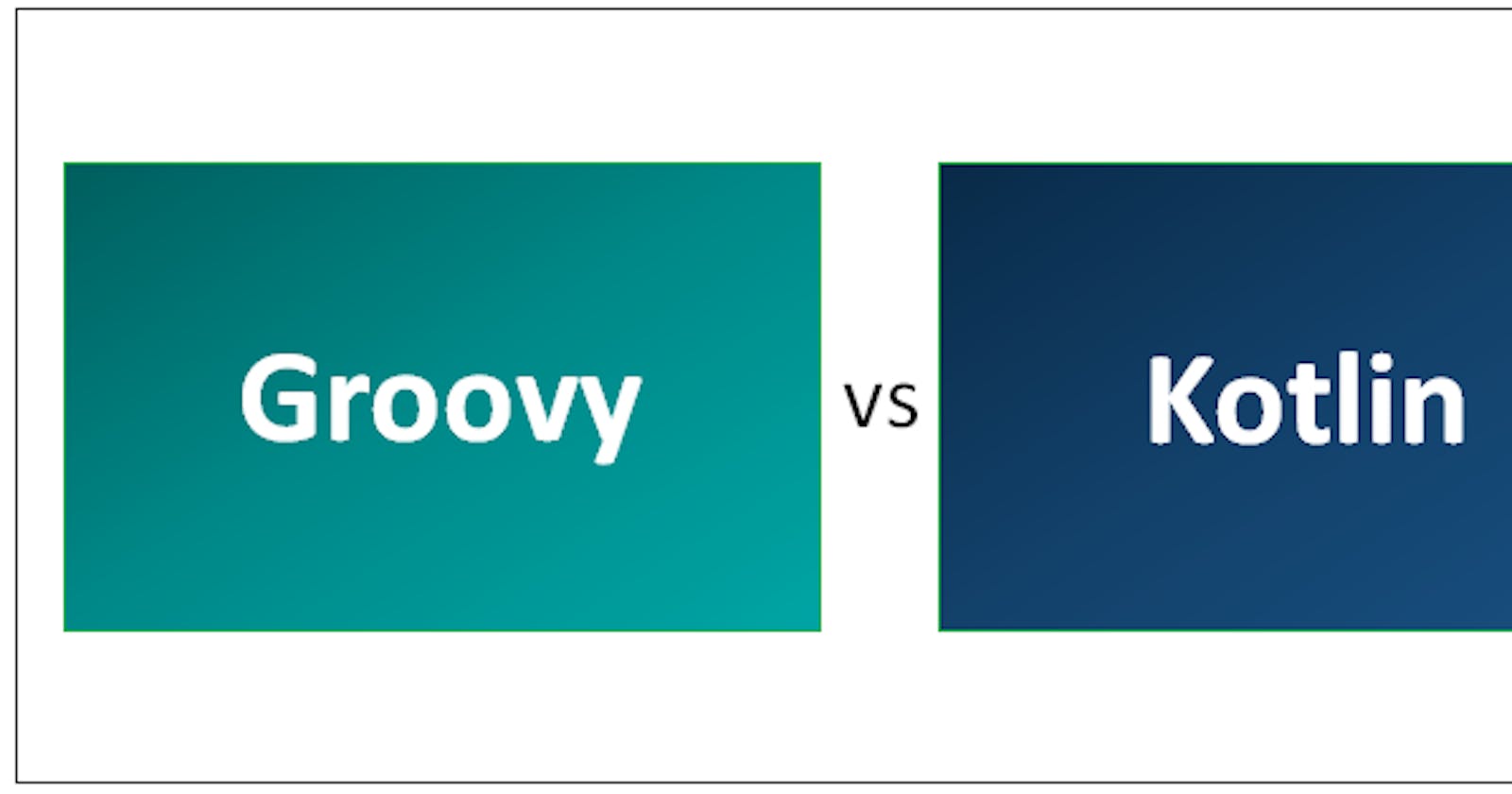Developing Android apps have been the best choice for businesses, but when you choose between technology like Kotlin vs. Groovy, you can make the most out of it. Get to know the difference between the two great tech giants in app development.
Many businesses have been using apps to optimize their growth by reaching a broader audience.
It is undeniable that Android is the world's most demanding mobile operating system. In terms of mobile app development, Android OS dominates.
We currently have several Android app development languages that serve different purposes. Choosing the right programming language from the many available can be challenging, but it is crucial to your app's success and efficiency.
In the competition for the best programming languages for developers, Kotlin vs Groovy stands out.
The same applies here, so choose which one suits your needs best. To answer all your questions, we have compared Kotlin and Groovy to help you decide which one is best for you.
Kotlin: An Overview
Kotlin is a typed statistical language that combines the power of Java with the convenience of the Java virtual machine (JVM). A significant benefit of this language is the introduction of a new syntax with concise expressions and abstractions, reducing the need for lengthy boilerplate code that is so important for android developers. The benefit of Groovy can be utilized with Kotlin since it does not require much coding to achieve the same functionality. Developing apps in Kotlin is entirely safe for developers. When you hire Kotline developers, you will get the best version of your app.
Market giants using Kotlin for Android development
Trello
Square
Evernote
Benefits
A minimal amount of code is good, but remember to consider readability.
Kotlin was developed with the inception of providing a good and safe compiler.
Rather than academics, Kotlin was invented by business people.
A significant benefit of Kotlin is its compatibility with Java.
Groovy: An Overview
The Groovy language resembles both Kotlin and JavaScript in some ways. While Groovy claims to be a dynamic language, it still comes with static compilation capabilities. A functional language based on Java comes in a compact form, is interoperable, and fast. Groovy was introduced before Kotlin, and no data types are defined during the compiling process. Therefore, app development requires all casting to be done at runtime.
Benefits
Groovy benefits developers by allowing them to build projects more quickly and easily.
Groovy has an expressive, concise, simple, and readable syntax.
Regular expressions can be easily created with Groovy syntax.
As a programming language or specification, a domain-specific language addresses specific issues using a particular approach.
Market giants using Groovy
Starbucks
Netflix
Agaro pulse
TransferWise
A detailed comparison between Groovy and Kotlin in 2023
Here we have put together key differences between Kotlin and Groovy to help you make the right choice and get the Android app development that stands out in the market. Let’s get started.
Technology
A limited number of libraries are available for Kotlin developers. Apps can be developed for Android using libraries and test frameworks.
With Groovy, you can build tools, test frameworks, create GUIs, and analyze code. In addition, it provides concurrency, parallelism, and asynchronous code.
Features-based
With Kotlin, crashes can be reduced at runtime, are compliant with Java, have safety and reliability, static typing, support extensions, perform multi-dimensional functions, NullSafety, and have a Smart Cast function.
In contrast, many features are included with Groovy, including advanced metaprogramming, closures, builders, static compilation, functional programming, static and dynamic typing, regular expressions, and support for XML/HTML.
Coding Parameter
As far as programming languages go, Kotlin is not it's own. Several tools are available to developers offering Kotlin app development services using Java as a programming language to write their programs. As it is a pragmatic language, it is easier for developers familiar with Java coding to use it since it is a pragmatic language.
Meanwhile, Groovy can be considered a dynamic and flexible programming language. Consequently, it would make sense to promote this language for the Java platform at large. Python, Ruby, and Smalltalk have similar features to Groovy's code parameters, which are compiled to Java bytecode.
Compiling code
Statically typed programming languages are the backbone of Kotlin. The purpose of this was to remove redundant and boilerplate code. In addition, it indicates that variable types are checked during compilation. With compile-time type checking, enhanced IDE support and expressive language features are possible.
In contrast, Groovy programming language combines both statically and dynamically typed features. Dynamic type settings are applied by default, and Run-time checks are performed on variables.
Performance
Concerning performance, Kotlin surpasses Groovy by a wide margin and matches the capability of Java when it comes to performance. Due to Groovy's increased runtime checks, this is the case for Groovy. As well as impacting performance, Groovy closures also slow down the processing of variables in a significant way.
Syntax
In Kotlin, one of the main features is the condensed syntax and the emphasis on accuracy. By doing so, developers gain a deeper understanding of the programming process and become more productive. As well, Kotlin benefits from null safety as compared to other languages, including Java.
There are several similarities between Groovy's syntaxes and Kotlin's, and Groovy's syntaxes are not very different from Java's. An annotation @ Canonical has been introduced as part of Groovy 1.8, which can be used to execute the AST transformations within Groovy.
Conclusion
A lot depends on the application's objective when deciding between Kotlin or Groovy as the programming language to be used. In addition to being compatible with Java, Groovy and Kotlin offer increased reliability and safety when writing code.
